A new report from SRI Education describes the quality of educational YouTube videos for prekindergarten- and kindergarten-age children. Findings point to surprising differences from educational television shows, including less use of characters and plot to help kids learn.
Many parents question the quality of YouTube video content. So do researchers.
According to the 2020 Common Sense Media Census, children are spending more time watching videos online than in any other format. Streaming sites like YouTube have surpassed even television viewing. While parents may appreciate that YouTube can engage children and help them explore their unique interests, they may also wonder if YouTube videos really are effective teachers. Research backs this concern. One study found that only 1 in 20 of the videos that children watch online are of high educational value, meaning they are both age-appropriate and include topics beyond simple or superficial concepts.
But ensuring young children have access to high-quality educational videos is important, as research shows that children can learn both literacy and math skills from high-quality educational videos. The SRI research team, led by Dr. Claire Christensen, conducted this study to better understand what quality looks like in online educational videos for children.
The ultimate binge-watch: We viewed more than 1,000 YouTube videos
To describe the landscape of kids’ educational videos on YouTube, our team screened a sample of 1,198 videos that contain early literacy and/or math content. We watched and coded all these videos for four indicators of educational quality:
- directly addresses the audience
- involves characters
- includes concrete examples
- integrates math content into narrative1
Because the videos in our sample were prescreened to check that they include early literacy or math content, the sample may not be representative of videos that children are actually searching for and watching at home.
This surprised us: Most educational YouTube videos for kids don’t teach with characters or narratives
Overall, we found a lot of variability in the ways that YouTube videos teach early literacy and math content. Unsurprisingly, most videos include concrete examples of the educational content. However, fewer videos directly address the audience or use characters to teach, and very few integrate math content into the narrative.
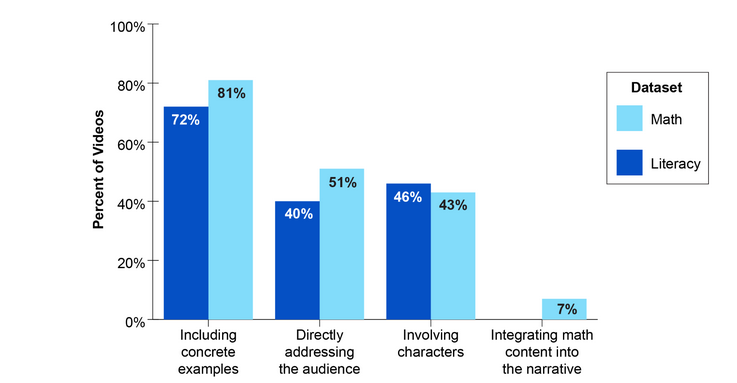
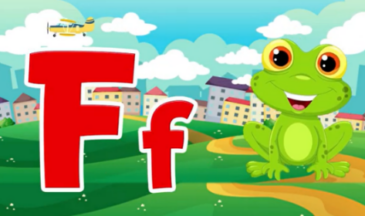
Most videos in our sample included concrete examples that children can relate to their own lives. For example, most alphabet videos include objects common to many children, such as apples and balls, and many math videos involve counting familiar objects.
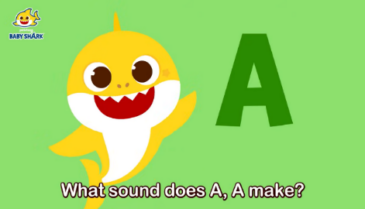
Many videos directly address the audience in relationship to the educational content. For example, a video may ask children to sing along with a familiar song, such as the alphabet song, or to count along. This is reassuring, as encouraging kids to participate while watching a show can improve their comprehension.
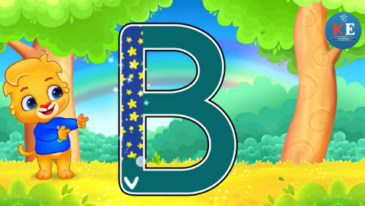
Slightly fewer than half of the videos in our sample involve characters in the educational content. Songs are common examples of educational YouTube videos that do not include characters. For example, a video of an “A is for apple” type of alphabet song might present letters and objects voiced by an off-screen narrator, without including any visible characters. Nevertheless, videos with familiar characters have been shown to be more effective in supporting children’s learning.
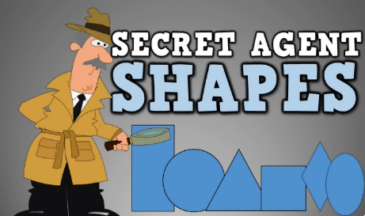
Few early math videos integrate math content into a narrative. This is likely because few children’s videos on YouTube have a clear narrative arc into which math can be integrated. For example, song-based videos rarely include a narrative. Some researchers theorize that children are better able to comprehend educational content when it is integral to the narrative.
What does this mean for parents, content creators, and researchers?

For parents: Whereas most educational television programs include narratives and characters, fewer online educational videos do. There is more rigorous evidence for the learning benefits of high-quality educational television programs than for educational YouTube videos.

For content creators: Educational content creators can distinguish themselves in this crowded field by weaving educational content into narratives with relatable characters.

Question for future research: To what extent does the inclusion of narratives and characters influence children’s learning from educational videos? While previous research has explored the role of unfamiliar vs. familiar characters, less is known about whether the presence of narratives and characters (versus their absence) influences learning.
Kids – and the algorithm – don’t like videos with certain characteristics
We explored how likes and views of videos were related to the videos’ characteristics. Videos with two characteristics were both less preferred (fewer likes) and less recommended (fewer views):
- videos that directly address the audience (one of our quality indicators)
- videos that include more math topics (compared with videos that included fewer math topics)
These videos may be less preferred because they are less centered on a narrative and are therefore less engaging for prekindergarten- and kindergarten-age children. Whatever the reason, the fewer views for these videos suggests that the YouTube algorithm may recommend them less frequently, lowering their exposure even more.
What does this mean for parents, content creators, and researchers?

For parents: Given that kids are unlikely to watch videos in which characters make direct connections to kids’ own lives, it’s especially important for parents to help kids make those connections. Also, when searching for children’s math videos on YouTube, parents can use keywords specific to a skill their child is working on (such as “counting”) rather than their age or grade level (for example, “kindergarten math”). Such a search may yield videos with a broader focus.

For content creators: Content creators are experts in creating effective calls to action, such as prompts to like and subscribe. There is opportunity to use this expertise to create more engaging calls for children to interact with educational content in videos. Also, the algorithm may be more likely to recommend math videos focused on fewer topics than videos focused on a wider range of topics.

Questions for future research: What is the effect of participatory cues (e.g., “can you count out-loud with me?”) in short-form videos on engagement, interaction, and comprehension? While some research indicates that participatory cues support children’s learning from educational television programs, these cues may function differently on YouTube, where children may have a stronger expectation for passive entertainment and a greater temptation to skip to the next video. Also, are there other video characteristics that may explain why videos presenting fewer math topics get more likes and views? For example, do more narrowly focused videos include other engaging elements?
There are still many unknowns as children’s viewing habits shift online
There is a great need to understand the content and quality of user-generated videos as context for children’s early learning and development.
Until very recently, young children watched most of their educational content in the form of television shows. As their screen time shifts online, they are increasingly exposed to user-generated, rather than studio-created, videos. Parents, educators, and researchers alike wonder whether this new generation of educational videos is likely to support children’s learning.
Our work highlights important ways that user-generated educational videos may differ from educational television shows, including decreased reliance on narratives and characters. In addition, our findings hint at novel influences on the content and quality of online videos, such as the likelihood that the algorithm will recommend a video or that a viewer will “like” it. More research is needed to guide the creation of effective educational content in this uncharted territory.

Madeline Cincebeaux is an education research associate at SRI Education and serves as project manager and coding lead for the research team described in the above study. She has experience supporting rubric development for educational media content and conducting research on the implementation and effectiveness of educational media for young children. Madeline received her BS in psychology and human development and family studies from the University of Wisconsin, Madison.

Claire Christensen is a senior education researcher at SRI Education. Her research and evaluation work focuses on the development and impact of educational media for young children. She leads the study described in this article, as well as a program of research using machine learning to understand the educational content in videos that young children watch online. Claire received her PhD in psychology from the University of Illinois at Chicago.
Video Image Sources
ABC Sounds and Words (Learn Alphabet Letter Sounds and Words) [Video], by English Learning Fun Station, 2021, November 22, YouTube (https://www.youtube.com/watch?v=EEXEg1_OEF4). CC BY 3.0.
Learn Shapes in the Jungle | Pinkfong Shape Songs | 15-Minute Learning With Baby Shark [Video], by Pinkfong Baby Shark – Kids’ Songs & Stories, 2023, November 25, YouTube (https://www.youtube.com/watch?v=EmUsz5GVWok). CC BY 3.0.
Kids Learning Alphabet Letters [Video], by Bryce Channel, 2023, January 11, YouTube (https://www.youtube.com/watch?v=t3A5YF7-dis). CC BY 3.0.
Secret Agent Shapes (Song for Kids About Finding Basic Shapes in the Room) [Video], by Harry Kindergarten Music, 2015, June 26, YouTube (https://www.youtube.com/watch?v=7aStqhksCuY). CC BY 3.0.
1 We did not measure this indicator for literacy content because it was uncommon in a test sample of videos.

